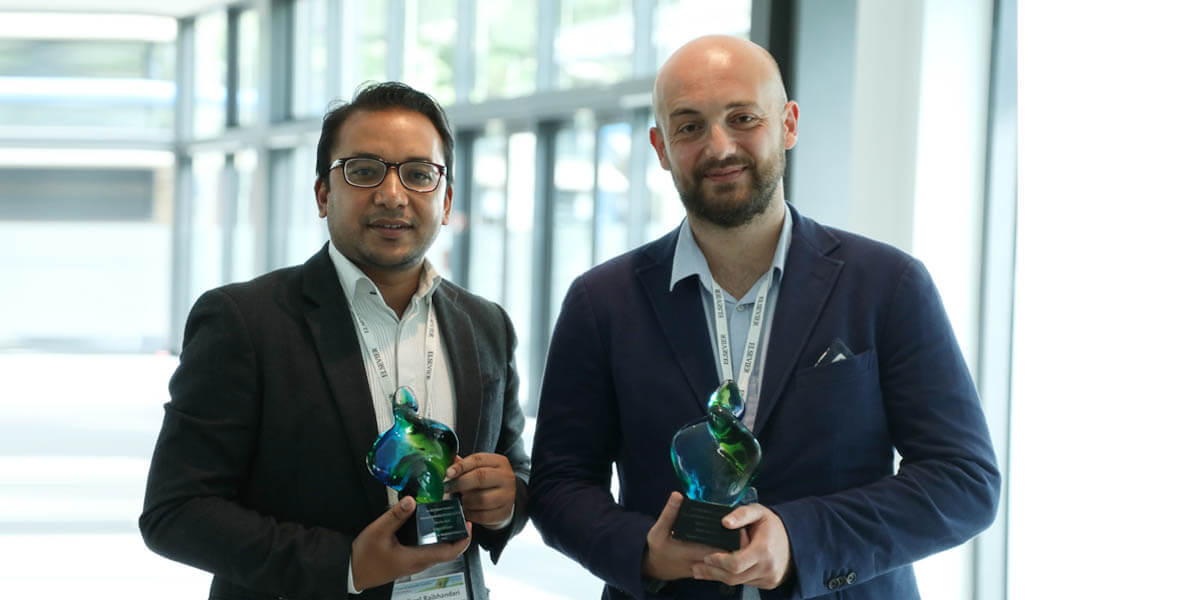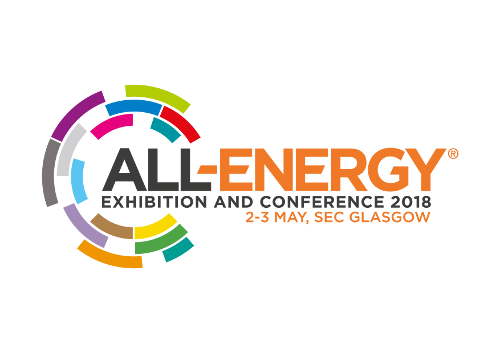Background: An inclusive health curriculum within undergraduate and continuing professional development programmes (CPD) should include issues related to people whom identify as LGBT+. Objectives: The aim of this systematic review was to examine the education and training requirements of undergraduate students and health professionals regarding the inclusion of LGBT+ health issues. Design: A systematic review of the available published empirical studies.
This chapter advances goals 3, 5 and 8 by examining how to balance a need for strong incentives for start-up innovation with the resulting increased inequality of incomes.
This article highlights the winning proposals of the third edition of the Elsevier Foundation Green & Sustainable Chemistry Challenge. The winning proposals were chosen for their innovative green chemistry aspects and their large positive impact on the environment, contributing to SDGs 2, 12, 13 and 15.
In support of SDGs 3 and 5, this Lancet Commission report presents a comprehensive agenda for global, regional, and national progress on sexual and reproductive health and rights (SRHR), up to 2030 and beyond. The report highlights why recognition of, and investment in, SRHR is pivotal to shaping future economic development and environmental sustainability, and proposes an essential package of SRHR services that should be universally available to all individuals who need them.
Smart Urban Mobility Solutions is a new event consisting of an exhibition and 2-day conference programme, the event will leverage Scotland’s long history of innovation in Intelligent Traffic Control and Glasgow’s pioneering work on Smart Cities.
The event will take place at the SEC, Glasgow on 3– 4 May 2018 alongside All-Energy, the UK’s largest renewable energy and sustainability event.
All-Energy, the UK’s largest renewable energy and low carbon event, is taking place on 2nd & 3rd of May 2018 in Glasgow; it brings together the UK’s largest group of buyers across the value chain, including investors, project developers, end users and policy makers, among others. Showcasing the complete range of renewable and sustainable technologies and with a world-class free-to-attend conference alongside, All-Energy brings together over 7,500 supply chain and business energy end users – including the largest group of renewable energy developers and supply chain partners seen anywhere in the UK.
This study explores family planning services available to lesbian, gay, bisexual, transgender, queer, intersex and asexual clients in order to inform clinical and research strategies. Themes discussed actively contribute to SDG 10 (reduced inequalities) and SDG 3 (good health and well-being).
Elsevier,
EEG-Based Diagnosis of Alzheimer Disease, A Review and Novel Approaches for Feature Extraction and Classification Techniques, 2018, Pages 61-71
This chapter addresses goal 3 by discussing the application of machine learning algorithms to EEG datasets in Alzheimer's disease.
As the technologies we use as a society have advanced, so have the materials used in these technologies. Some of these materials are exotic and highly specialized, making them particularly vulnerable to supply disruptions and supply disruptions particularly impactful. Such materials are designated as “critical” materials. Their level of criticality can be identified by accounting for a number of factors related to their supply risk and the extent to which a supply disruption would impact business operations or society at large.
Over the past decade, raw material price spikes have called attention to the supply security of a variety of critical materials, including rhenium, rare earth elements, and helium. While market forces play an important role in creating and resolving these situations, transitions in technology also create step-changes in demand that increase or decrease the criticality of different materials. With an appropriate understanding of how materials are used in various applications, it is possible to explore the critical materials implications associated with the introduction of new technologies.



